
Organize
Oh, there’s that dastardly word again. The garage, and its accompanying tool chests, are meant to be the outside’s version of the junk drawer, right? However, organizing your tools helps you keep track of them and prevents you from buying six hammers (not that anyone has ever done that!). Finding and designating a place for all of your tools is a foundational step to creating a tool inventory. Organizing your garage or basement workshop or tool shed is also an important safety factor that can reduce the likelihood of injury.
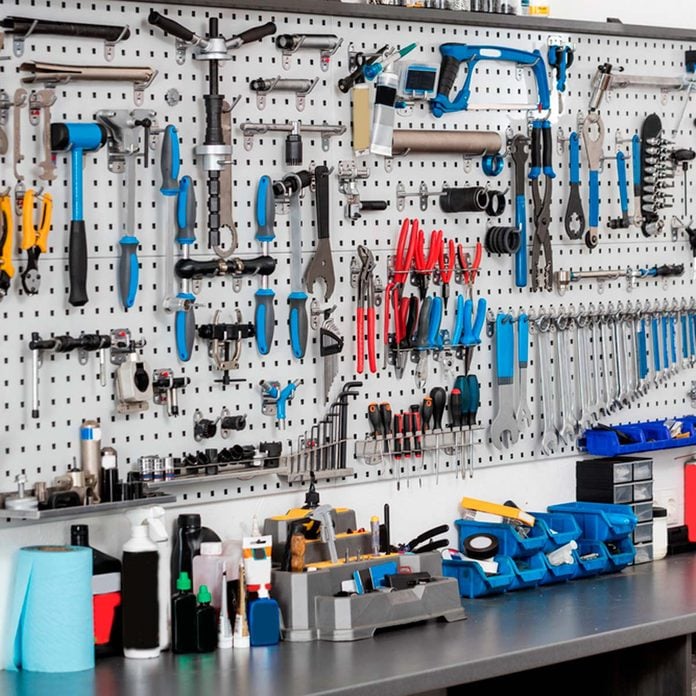
Categorize
Not only is it important to organize your tools, but be sure to categorize your tools as well. Put plumbing tool with plumbing tools; woodworking tools with woodworking tools. Certainly some of these tools, like a miter saw could be placed in a few categories. However, there are many tools, like a basin wrench, that are task-specific. Categorize the tools, label them and then find them a home.
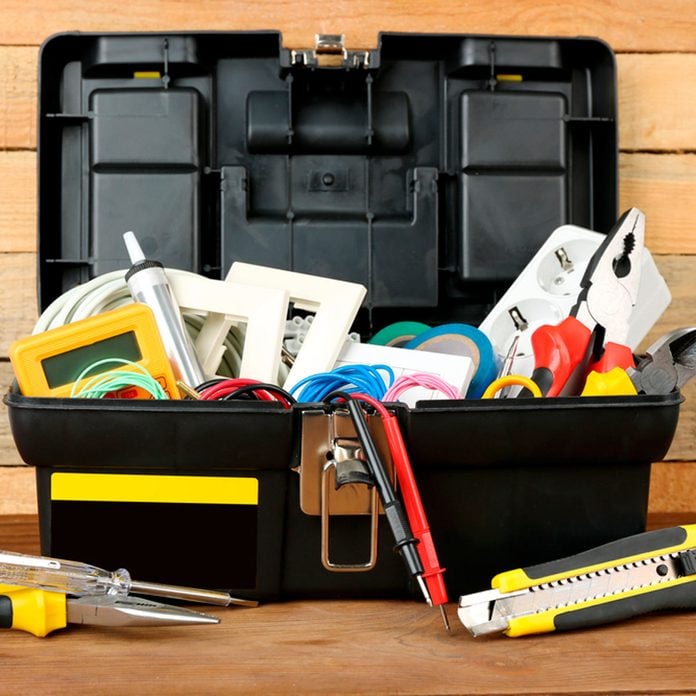
Get your Motor Running
The journey of a thousand miles, starts with the first step. The same goes with making an inventory of any of your household items. At the beginning it might seem like Everest, but just start. Open the tool box in the closet and make a list. Pull out the socket set in the basement. Get those first few items listed and that can be the impetus to keep on going until you’ve got a complete tool inventory.

The List
Write down the tool, categorize it and snap a picture on your phone. A simple handwritten list (as long as you remember where you put it and it doesn’t get lost in a fire) or spreadsheet will work fine. Some insurance agencies provide inventory templates, although most of these are associated with a general household inventory. Keep a copy of the handwritten tool inventory nearby, say in the garage. Keeping it ever-present with your tools will remind you to update it as you add tools to your collection. Also, snap a picture of the inventory every time you update it so you always have a copy.
And better yet, use an inventory app to maintain your tool inventory. Here is good information on seven good apps to consider.
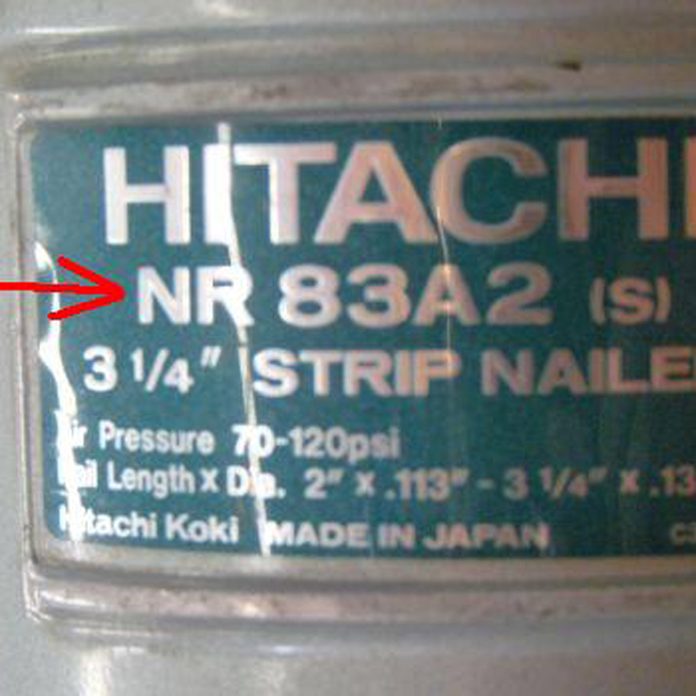
The Details
Recording the brand, model and serial number of your tools; particularly power tools and high-end hand tools. This information is helpful if you have to file an insurance claim. In addition, it makes it easier to buy replacement parts, and it may be necessary if there is a replacement plan available with the tool.
Don’t bother with level of detail for inexpensive, generic tools.
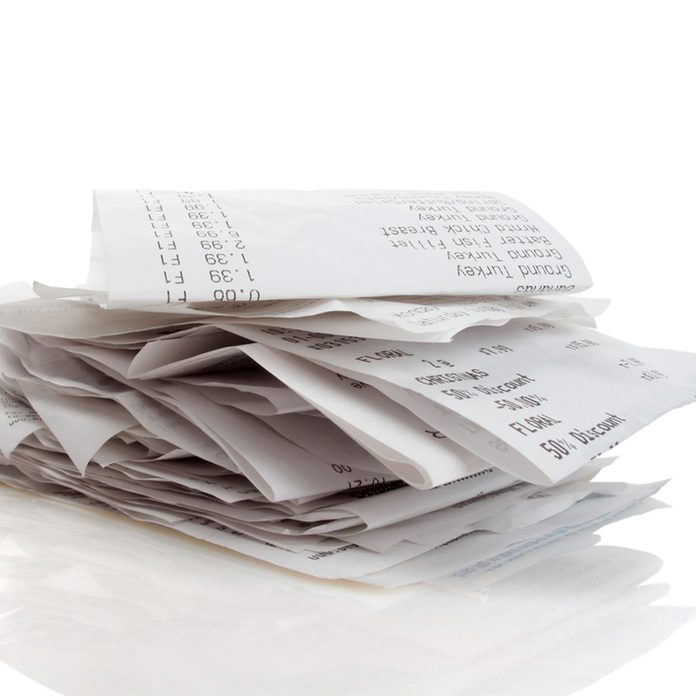
Save the Receipts
For more expensive items in your tool collection, keep the receipts. Sure you might end up with a wad of a paper tucked away, but the receipts are going to be useful if you need to replace them after a disaster or theft. Snap a picture of the receipts or scan them to reduce the paper pile. And, like earlier, smaller items and inexpensive tools don’t necessitate this step.
If you are a new homeowner, these are the things you need to do now.

Replacement Plan?
Expensive hand tools and most power tools can be purchased with a replacement plan. Most of these plans come with some form of paperwork to validate the purchase. Keep this documentation nearby, in paper or digital form, as well. Also, note on your tool inventory when you have a replacement plan for the tool. Some brands also have warranties or lifetime guarantees on their tools as well, don’t forget to note that on your list.
Check out this collection of premium tool gifts any DIYer would love.
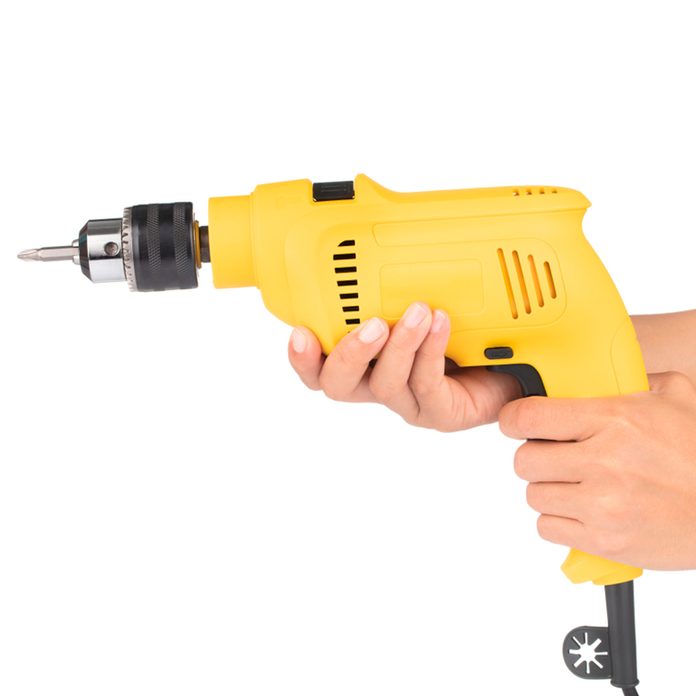
Take Care When You Share
If you have friends who have fewer tools than you, it’s quite likely that you will loan these friends a tool from time to time. If you don’t have a way of remembering that you loaned out the tool, that loan has become a gift. As part of your tool inventory, have a way to indicate when tools are loaned out.
Here are the 20 things every DIYer should buy at Harbor Freight.

Verifying Value
Estimate the value of your tools and include this in your tool inventory. If for some reason your tools and/or garage is destroyed or your tools are stolen, they are covered. But only if you have detailed tool inventory. One caveat to this, if the deductible on your policy is higher than the value of your tools, you’ll get nothing.
Here are 10 unbelievable events homeowners’ insurance covers!
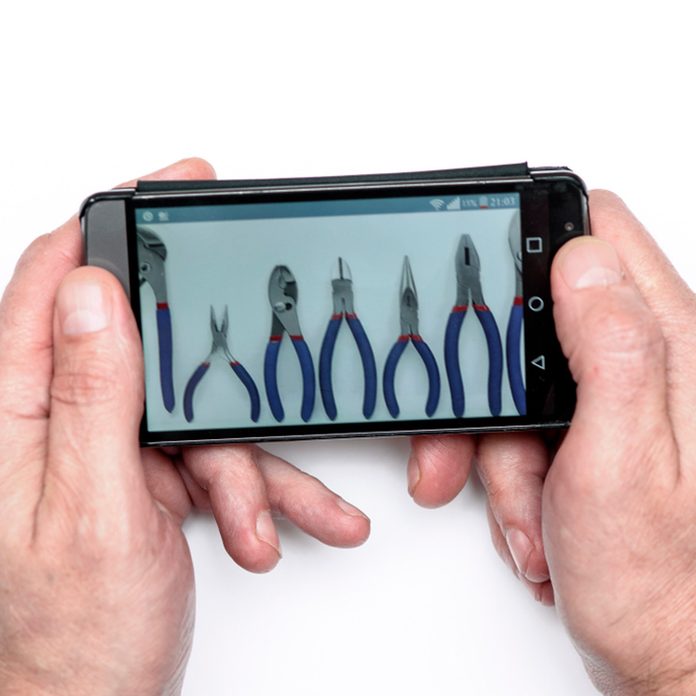
Digital is the Way to Go
We’ve mentioned it already, but if you’ve been hesitant to go digital with your calendar, financial documentation and record keeping, start making the transition now with your tool inventory. Use an app and/or save the inventory to the cloud and you’ll have access to it no matter where you are and no matter what has happened to your tools.
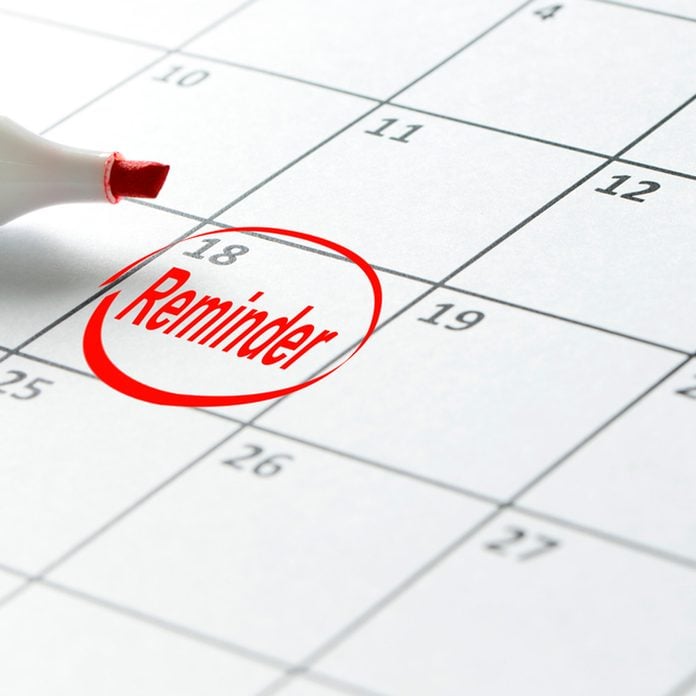
Update Early and Often
It’s great that you have a tool inventory, but if it’s from 1985, that cordless tool set probably didn’t make the list. And your battery-powered lawnmower definitely didn’t. Find a system for updating that works for you, and stick to it.
